In today’s rapidly growing telecom industry, reliable fiber optic networks are crucial for high-speed internet, 5G deployment, and data transmission. One of the biggest challenges in fiber networks is signal loss, which can lead to reduced efficiency and increased downtime. Telecom professionals can use advanced testing tools like the Fibershot MINI OTDR, Pro-OTDR, Viavi Solutions, Yokogawa, Fluke Networks, and EXFO to identify faults, optimize splicing, and minimize losses for superior network performance. Signal loss in fiber optic networks can impact performance, reliability, and data transmission efficiency. Optical Time Domain Reflectometers (OTDRs) are crucial in identifying and minimizing losses to maintain optimal network health.
Understanding Signal Loss in Fiber Optic Networks
Signal loss, or attenuation, occurs due to several factors, including fiber splicing errors, connector losses, bending losses, and contamination. By using an advanced OTDR, network engineers can detect and rectify these issues to enhance signal integrity.
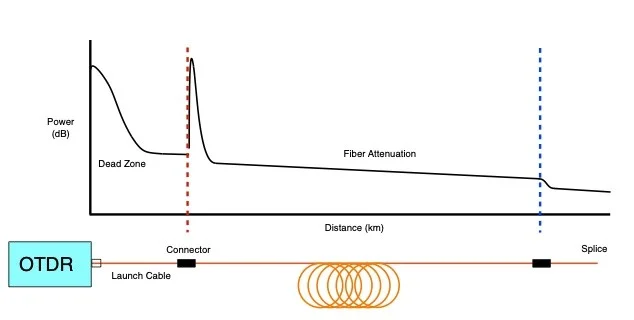
Impact on Network Performance
- Reduced Data Transmission Speeds: Higher attenuation may force systems to operate at lower speeds or introduce errors in data transmission.
- Increased Error Rates: Weak signals can lead to signal distortions, packet losses, and retransmissions, affecting overall network efficiency.
- Signal Degradation Over Distance: Long-distance transmission without amplification or repeaters becomes difficult, limiting the reach of the network.
Common Causes of Signal Loss
- Fiber Bends: Sharp bends or excessive curves in the fiber can cause signal leakage, leading to attenuation.

- Splicing and Connector Losses: Misaligned splices or poorly polished connectors can cause reflections and absorption, weakening the signal.

- Impurities in Fiber Material: Even minor imperfections in the glass or plastic of the fiber can scatter or absorb light.

- Microbends and Macrobends: Small irregularities or larger curves in the fiber geometry reduce signal transmission efficiency.

- Wavelength-Specific Losses: Different wavelengths of light experience varying levels of attenuation.

- Environmental Factors: Temperature fluctuations and physical stress on the cables can degrade performance over time.
Mitigating Signal Loss
- Use of High-Quality Components: Ensuring precise splicing, properly polished connectors, and low-loss fiber materials.
- Regular Testing and Maintenance: Routine OTDR (Optical Time-Domain Reflectometer) tests help pinpoint and address loss points.
- Network Design Optimization: Minimizing unnecessary splices, maintaining proper bend radii, and using amplification equipment for long distances.
- Protective Cable Installation: Avoiding environmental hazards and mechanical stress during cable installation.
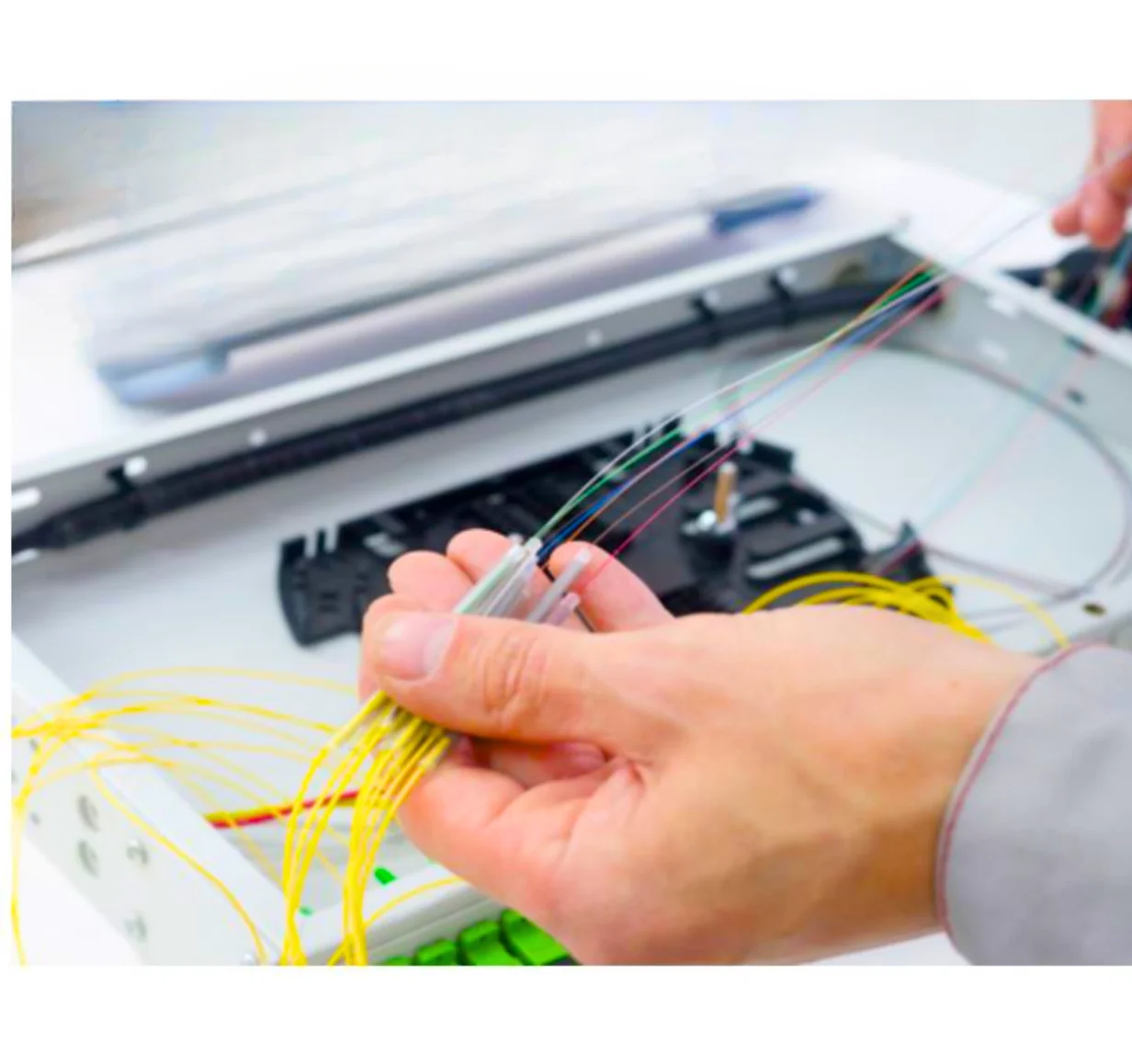
Best Practices to Minimize Signal Loss with OTDR
- Regular Fiber Inspection and Cleaning
Dirt and debris on fiber connectors lead to high insertion loss. Brands like Fibershot OTDR and AFL OTDR provide fiber inspection scopes that help ensure clean connections. - Using High-Quality Fusion Splicing
Proper fusion splicing ensures minimal splice loss. OTDRs like Yokogawa OTDR and Fibershot OTDR accurately measure splice loss to verify the quality of splicing. - Detecting and Eliminating Bending Loss
Excessive bending of fiber optic cables results in increased attenuation. Fibershot OTDR features real-time analysis to identify macro and micro bends in fiber cables. - Optimizing Connector Performance
Poorly terminated connectors cause reflection loss. AFL OTDR and Fibershot OTDR come with built-in analysis tools to measure reflectance and ensure high-performance connectors. - Fiber Link Testing with High-Dynamic Range OTDRs
For long-haul networks, a high-dynamic range OTDR is essential. Brands like EXFO OTDR offer industry-leading dynamic range capabilities to analyze long fiber links with precision. - Identifying and Fixing Fiber Breaks Quickly
Breaks in fiber optics disrupt connectivity. OTDRs such as Viavi OTDR and Yokogawa OTDR provide accurate fault location mapping to ensure fast troubleshooting.
Advantages of Minimizing Signal Loss Using OTDR in Fiber Optic Networks
Reducing signal loss in fiber optic networks is essential for maintaining high-speed data transmission, network reliability, and long-term efficiency. By using an Optical Time Domain Reflectometer (OTDR), fiber optic professionals can detect, analyze, and minimize signal loss, ensuring optimal network performance.
✅Enhanced Network Performance
- Lower signal loss ensures high-speed data transmission with minimal interruptions.
- Improves the efficiency of telecom, FTTH, and enterprise networks.
✅ Accurate Fault Detection & Troubleshooting
- OTDR helps locate fiber breaks, splicing errors, and high-loss connectors.
- Quick fault identification reduces network downtime and maintenance costs.
✅ Improved Signal Quality & Data Integrity
- Low attenuation means better signal strength over long distances.
- Minimizes packet loss, ensuring clear and stable communication.
✅ Cost-Effective Network Maintenance
- Detecting issues early prevents expensive fiber replacements.
- Reduces operational costs by avoiding unnecessary repairs and downtime.
✅ Optimized Fiber Splicing & Connector Performance
- Helps verify fusion splicing quality and detect connector attenuation.
- Ensures proper fiber alignment to reduce splice loss.
✅ Longer Fiber Lifespan
- Proper monitoring helps maintain fiber quality and extend its operational life.
- Prevents degradation by identifying weak points before failure.
✅ Increased Efficiency in FTTH & Telecom Deployments
- It is ideal for fiber testing in broadband, FTTx, and data center applications.
- Ensures smooth fiber installation, reducing post-deployment issues.
By using OTDRs like Fibershot Mini OTDR & Fibershot Pro OTDR, professionals can minimize signal loss, maximize network efficiency, and ensure reliable fiber optic communication.
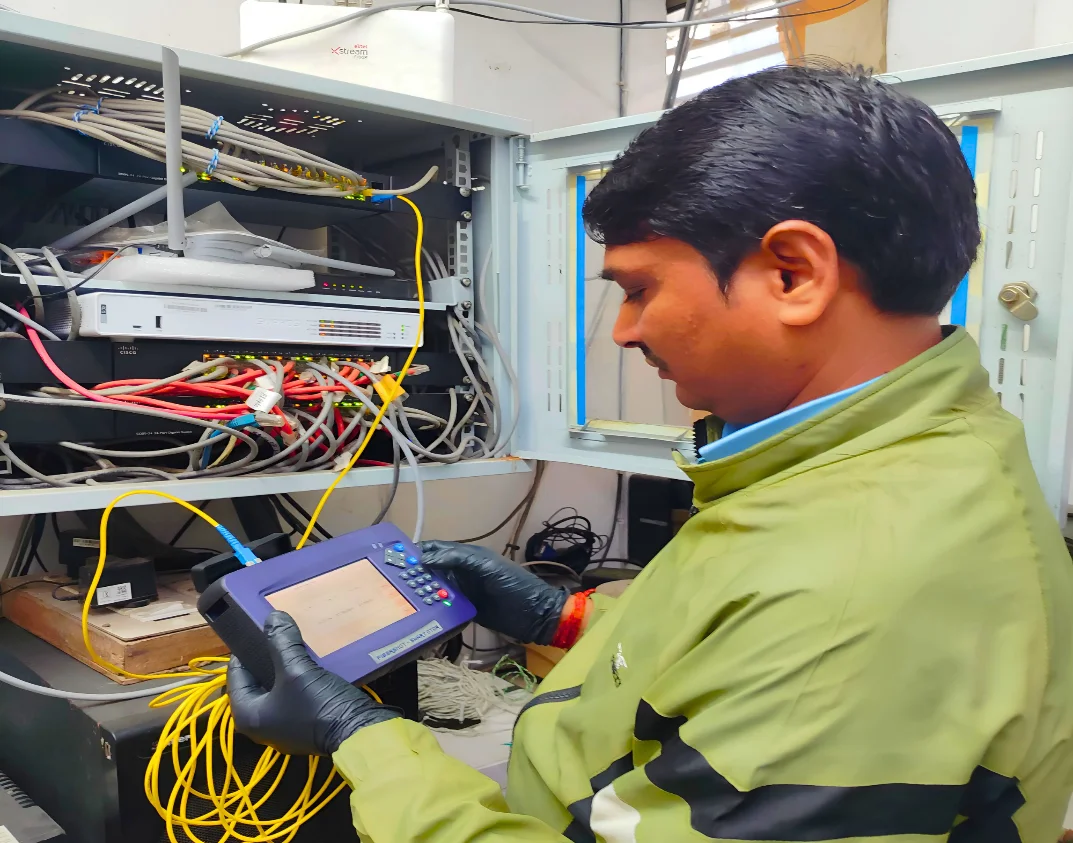
Conclusion
Minimizing signal loss in fiber optic networks ensures faster data transmission, better reliability, and lower maintenance costs. Using OTDRs like Fibershot Mini OTDR and Fibershot Pro OTDR, professionals can quickly detect faults, optimize splicing, and improve network efficiency. Regular testing and proper fiber management are key to maintaining a high-performance fiber network.

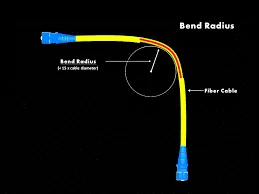
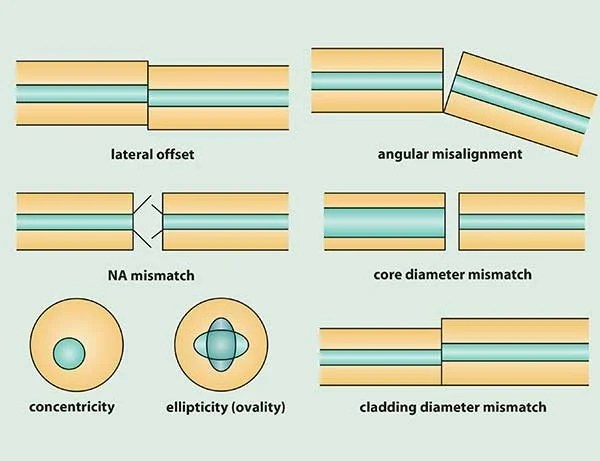
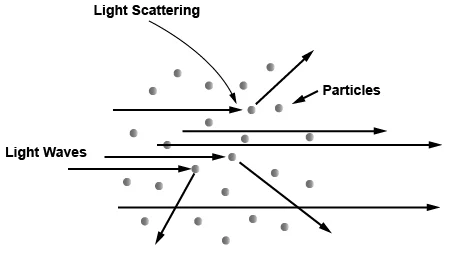
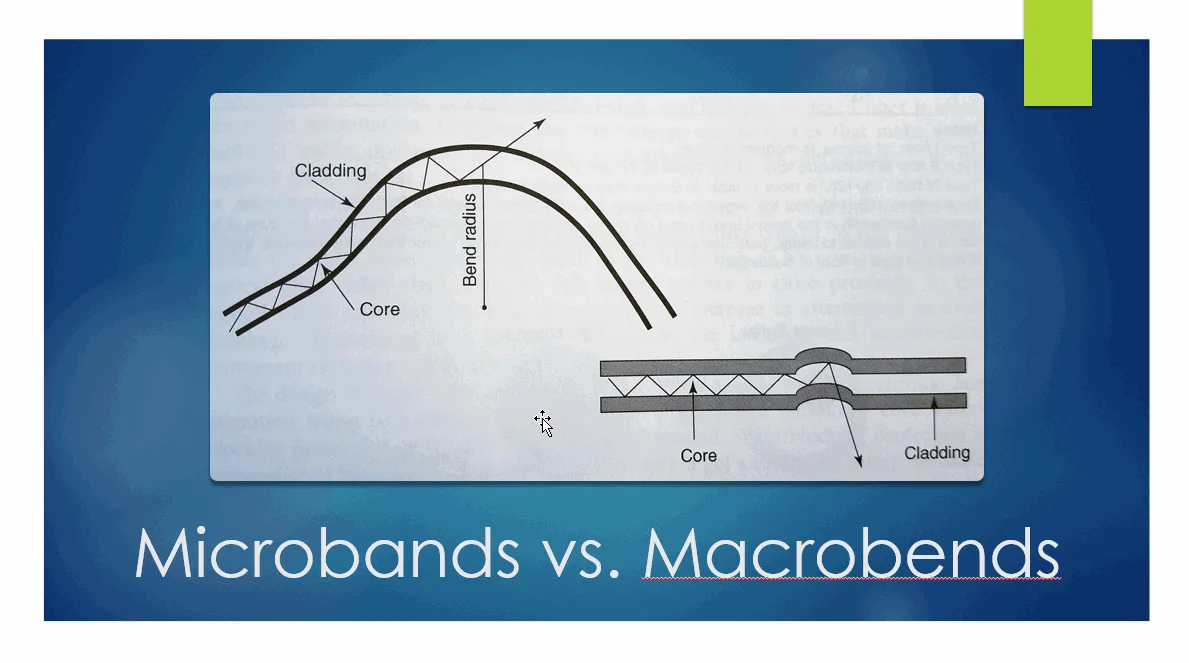
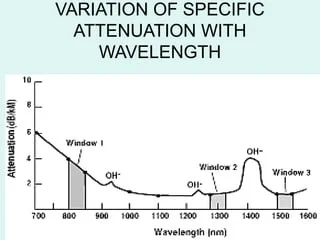

 Request Call Back
Request Call Back WhatsApp us
WhatsApp us